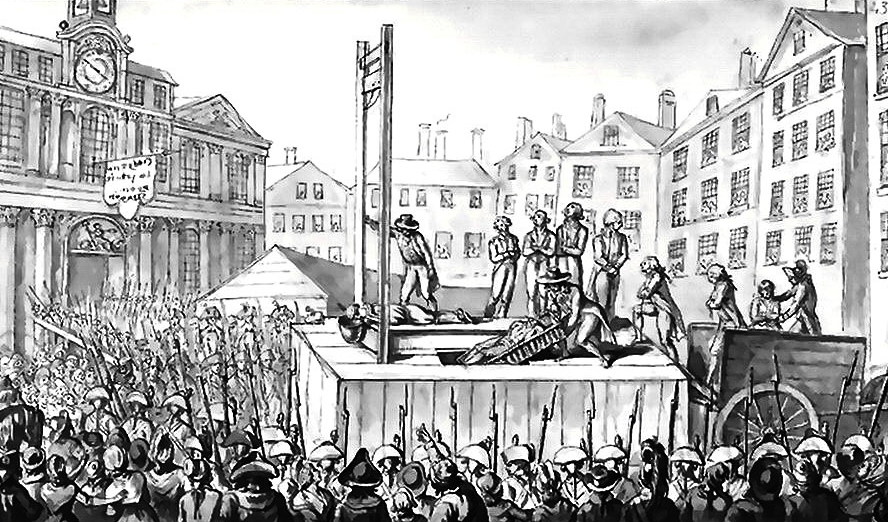On July 28, 1794, a dark chapter in French history closed with the execution by the guillotine of Maximilien Robespierre and his followers in Paris. Robespierre was a leading figure in the French Revolution and had become synonymous with the brutal period known as the Reign of Terror.
The Reign of Terror (1793 – 1794) was a period of intense violence and paranoia that saw thousands of people executed for perceived opposition to the Revolution. This included some 1,400 who were executed in June 1794 alone after the National Convention passed the Law of 22 Prairial on June 10, 1794. This law stopped public trials and prevented people from accessing legal assistance.
Robespierre was a staunch believer in the spirit of revolution, and nothing could stop him from seeing to it that one happened, even at the expense of lives. He led the Committee of Public Safety, which wielded immense power and orchestrated mass executions.
However, he grew increasingly afraid and paranoid. His growing radicalism and relentless purges alienated even his former allies within the National Convention, the revolutionary government. Fearing they would be next, members of the Convention plotted Robespierre’s downfall.
On July 27, 1794, Robespierre attempted to rally support in the Convention, but it backfired, and he was arrested along with his followers. He attempted to commit suicide but failed.
The following day, July 28th, Robespierre and 21 others were swiftly condemned and executed without trial. Their deaths marked the official end of the Reign of Terror.

